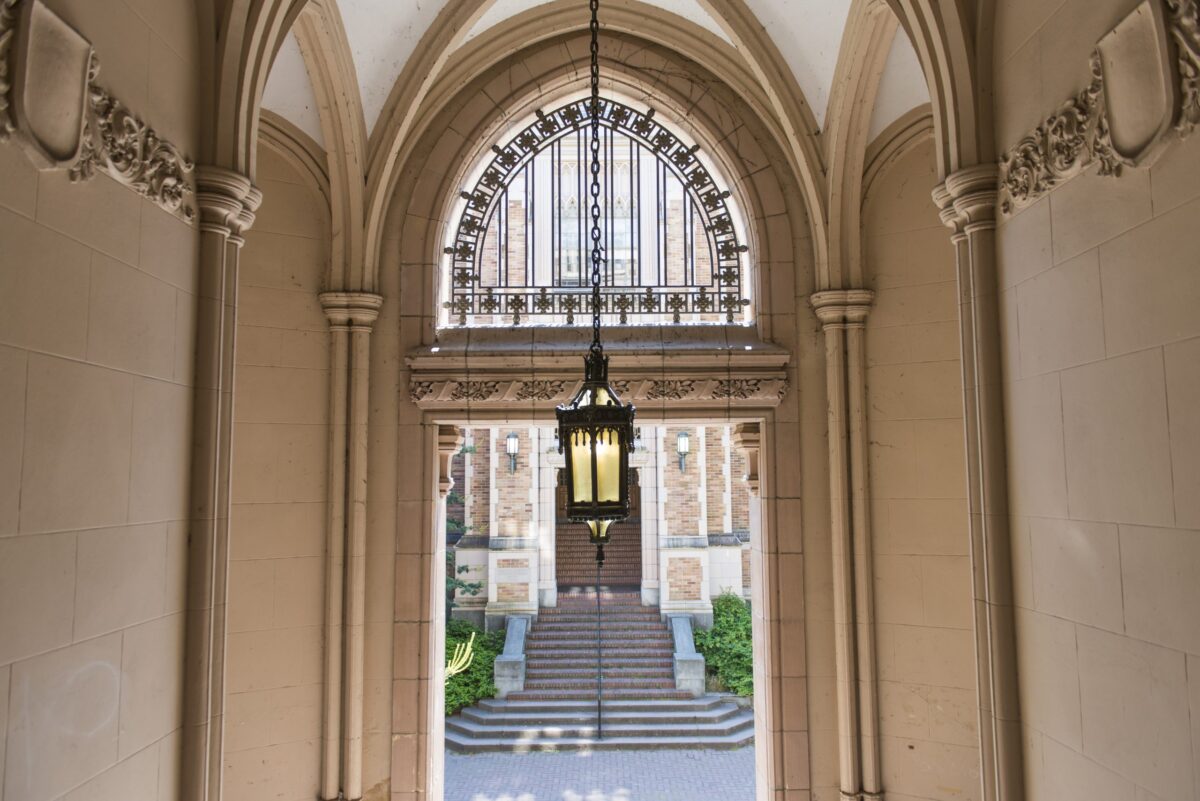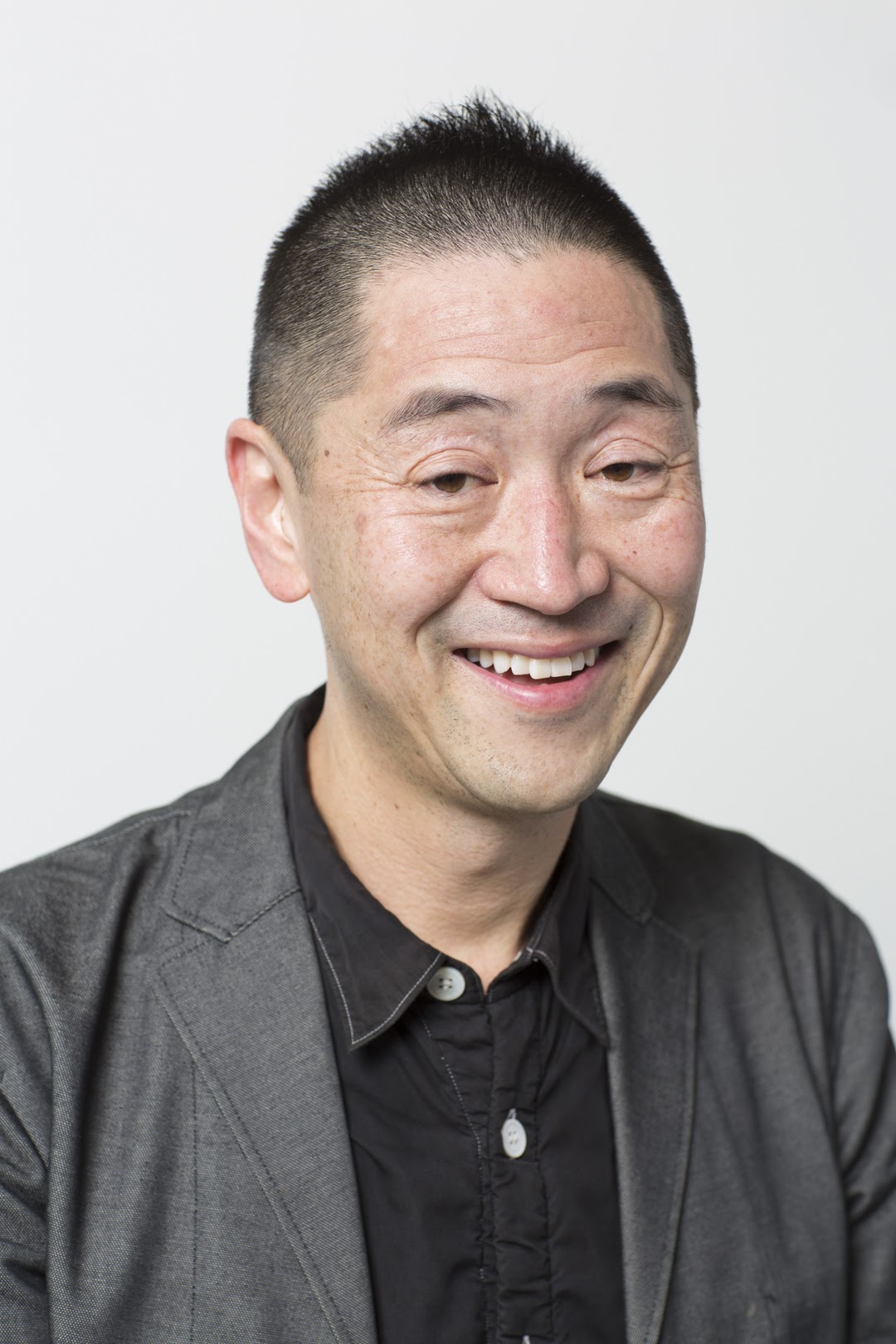Posted on August 12, 2022
Post categories: Architecture Faculty Honors & Awards


When Ken Tadashi Oshima, Ph.D., professor in the Department of Architecture in the College of Built Environments (CBE) at the University of Washington (UW), was 10 years old, he helped his mother design their family home in Colorado. As the two worked to bring together traditions of Japan with the United States, it gave him the first inkling of how people could shape their surroundings.
And Dianne Harris, Ph.D., Dean of the College of Arts and Sciences (CAS) and Professor of History at the UW, had always been interested in landscapes, cities, and buildings—even before she realized she could build a profession out of their study. Built environments inspired questions about the past: Why did they look the way they did? Who were they built for? Who felt welcome in those spaces and who were they designed to exclude?
“Designed spaces matter far more than we think they do. They are highly consequential in everyday life now and in the past, even if we haven’t always understood them to be so,” she said.
This spring, Harris and Oshima were named Fellows of the Society of Architectural Historians (SAH). This honor is given to those who have distinguished themselves by a lifetime of significant contributions to the field. Their contributions may include scholarship, service, teaching, and stewardship of the built environment.

“It’s a tremendous honor to be named an SAH Fellow,” said Harris. “I’ve learned more than I can say from my colleagues who are SAH members and from my involvement in the society. I’m truly grateful for their recognition of my work and contributions to the field.”
Oshima concurred. “It’s a great honor to join this esteemed group. I think they have done a lot over the past several decades to expand the field of architectural history beyond a Euro-centric purview and be more inclusive to feature different histories of built environments. It’s not just one book or one project: It’s broader,” he said.
SAH efforts focusing on inclusivity include “Race &”, a podcast exploring the influence of race and race-thinking on the built environment; an affiliate group, the Race + Architectural History Group, promoting research activities that analyze the racial discourses of architectural history; and the SAH IDEAS initiative, which shapes, supports, and informs the Society’s interrogation of structures of power and helps maintain a strong commitment to sociopolitical equity and environmental justice.
Oshima and Harris have both organized annual SAH conferences bringing together participants from around the world, helping build a knowledge of history of cultures that may have been previously overlooked. More recently, the COVID pandemic has offered a silver lining in terms of people’s ability to share in the learning through online conferences. Those who may not been able to afford travel could attend conferences that previously weren’t financially feasible through virtual means. This has resulted in a more diverse and globally inclusive audience.
Although the SAH offers many different initiatives, such as conference sessions and roundtable panels on race and architecture, it also facilitates research collaboration among groups and on committees, Oshima added.
This inspiration comes through at the UW as well, he said. “Within our College [CBE], EDI (Equity, Diversity and Inclusion) has become foremost in how we gather and structure our research and teaching. The world can be so polarized. Fostering support and connections between all communities is crucial in how we can understand, treat each other, and learn.”
The campus itself also inspires Harris. Although one of the most beautiful she’s ever seen, she says, with a stunning setting that’s unparalleled, she remains conscious of being an uninvited guest on this land and cites the UW’s official acknowledgement that the land where the UW sits is the homeland of Coast Salish peoples, land which touches the shared waters of all tribes and bands within the Suquamish, Tulalip, and Muckleshoot nations.
“For me, that acknowledgement comes also with particular responsibilities that includes, among other things, teaching our students as much as we can about the deep and complex history of the lands we occupy,” she said. “That’s part of what we do as architectural, urban, and landscape historians.”
At the UW, Oshima credits CBE’s strength in historian/practitioners together with the Humanities, Histories and Futures initiative to bring together faculty and students that bridge the domains of history, theory, and practice. Students come to understand design in the broader context of understanding what has been built, but also actively shape the future, focusing on how to solve contemporary problems and benefit everyday life in a more sustainable way, he explained.
“Architecture of the built environment is fundamental in that it’s connected to both science and humanities, as well as economics and society,” he said.
History is omnipresent: Every event and every moment of daily life takes place somewhere, in some space. We can travel and view buildings, cities, or landscapes and learn about their history, but it’s not a building alone that explains its history.
That role is filled by historians of built environments, who search for many sources from which they construct historical narratives. It involves rich, compelling, interdisciplinary work that uncovers how people lived their lives in the near and distant past around the world.
“Everything has a history, and the built environment is no exception,” Harris said. “In my view, understanding the past is the only way for us to understand the future, even if it’s also sometimes enough to simply understand the past.”
When we think about history, we can look at it through tens of thousands of years of the natural and built environment—or more immediately, we can look at existing buildings. We can look at how they are constructed, how they are demolished, and why. Oshima studies how people live, aspire to live, and how those changes should be sustainably addressed in design.
Rather than seeing buildings as static, Oshima looks to an organic, metabolically evolving built environment. “Buildings can be renovated or transformed over time to adapt to different demographics or uses. Rather than tearing down a structure, it can be reimagined. Today, structures such as the Pacific Place Shopping Center in downtown Seattle now face the challenge to meet different needs of the downtown population and small businesses, underscoring the necessity for design to be open to change on a variety of scales and temporalities” he said.
As part of a large public research institution, CBE interacts with the broader student body as well as the interests and research of faculty throughout the UW, including the College of Arts & Sciences. In the last year, Oshima says, CBE has fostered connections between disciplines such as humanities, history, and environmental studies to address changes to the environment. Climate change involves science but also a humanities-based understanding of human habitations and how it affects society.
Both Harris and Oshima have explored in detail how architecture and the built environment can shift from a Euro-American-centric view to one that is more inclusive of the world at large. Although Harris is a relative newcomer to the UW, she has been working on questions that focus on race, belonging and exclusion in the built environment for more than 30 years. Decades of her work have focused on the ways the built environment and its representations in drawings, prints, advertisements, photography, and texts is linked to notions of racial, ethnic, and class identity.
And Oshima has always been interested in helping students engage in a broader dialogue and expand beyond borders and cultures, keeping history in mind.
“I always look to the past, present, and future so we don’t make the same mistakes. I seek to provide open-ended frameworks for students and encourage them to make their own choices and create their own domains. Imagine what you can do—and actually start to build it,” he said.
—
Carin Moonin is a freelance writer based in Portland, Oregon.